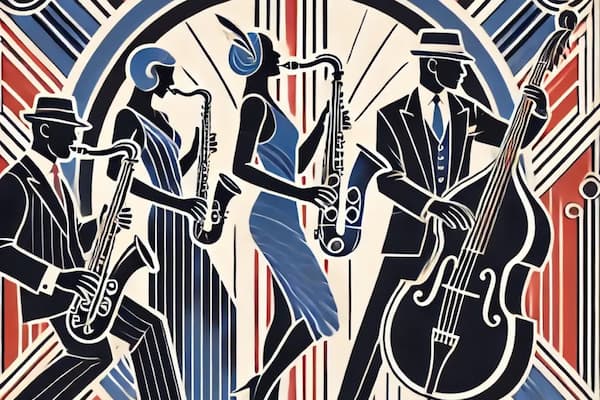
Ensemble Contraste
Credit: http://www.bach-cantatas.com/
The art of the transcription has been with us for centuries, coming into play whenever someone tried to play a work written for one instrument on another. We were listening, the other day, to a recording of J.S. Bach transcribed for a number of different ensembles. There are chorales, parts of oratorios, and passacaglia and fugues transcribed for string quartet and piano; an Aria from the St. Matthew Passion transcribed for piano; a Prelude and Fugue from the Well-Tempered Clavier for string trio, and so on. This feat of transcription was done by the Ensemble Contraste. They are joined by composer/pianist Karol Beffa who transcribed the St. Matthew Passion aria and performs it as well.
Transcriptions let you listen to familiar music or a familiar genre in a new way. Transcribing an organ work, for example for string quartet and piano means that the inner voices can emerge through the change in timbres, or the ensemble can bring out a hitherto-hidden line. In a recording on organ of the original music by Bach, the high pitches make it difficult to hear the inner details.
Bach: Ich ruf’ zu dir, Herr Jesu Christ, BWV 639
In the transcription, however, we can now hear a more distinctive bass line, and more than the melody can be appreciated. The lower voices give us clarity.
Bach: Ich ruf’ zu dir, Herr Jesu Christ, BWV 639 (arr. for string quartet and piano)
Even more clarity comes with the arrangement of the Prelude and Fugue No. 9 in E Major, BWV 854 from Book 1 of the Well-Tempered Clavier for String Trio.
Bach: The Well-Tempered Clavier, Book 1: Prelude and Fugue No. 9 in E Major, BWV 854 (arr. for string trio)
Often in listening to the WTC fugues, you desperately try to hear the new entrances and, in focusing on them, forget to listen to the other lines. In this transcription for piano trio, it seems that the fugal entrances are moved to the background and it’s the glorious counterpoint that we hear and appreciate more.
In the booklet the artists say that, in making their arrangements, they sometimes had to transpose from the original key so that the new version fits better on the new instruments. They also make the point that although Bach would have felt free to play his music on any kind of instrument he chose, be it organ, harpsichord, clavichord or organ, they, centuries later, take on the responsibility differently.
A particularly beautiful transcription of the Ricercar a 6 from the Musical Offering, where they start with the piano, solo, before it’s joined by the string quartet.
Bach: Musical Offering, BWV 1079: Ricercar a 6 (arr. for string quartet and piano)
The interplay in the string voices, as emphasized by the piano, really makes this a new work. What is unusual in this recording is the choice of music. It’s not transcriptions of purely instrumental works but has been carefully chosen to include vocal and organ works along with parts of oratorios. Ensemble Contraste has brought us a new way of appreciating the artistry of Bach.
Official Website
Discography



